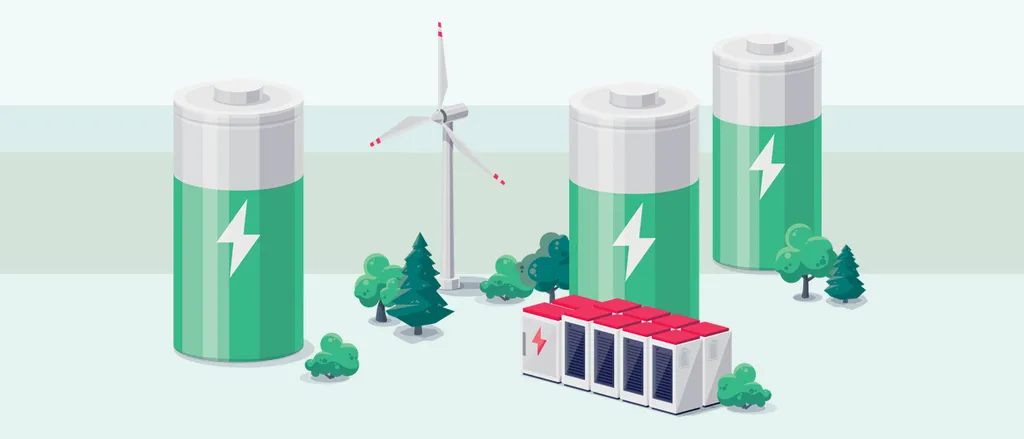In the heart of Japan, a quiet revolution is underway, one that could reshape the energy landscape and accelerate the global transition to sustainable power. The Center for Advanced Battery Collaboration (ABC), nestled within the National Institute for Materials Science, is spearheading this change. With backing from the Japan Science and Technology Agency’s COI-NEXT program, ABC is not just pushing the boundaries of battery technology; it’s redefining the way we approach energy storage.
At the helm of this initiative is Kei Nishikawa, a leading figure in the field of battery research. Nishikawa, who serves as the lead author of a recent article published in the journal Electrochemistry, emphasizes the collaborative spirit driving ABC’s work. “Our goal is to create a symbiotic relationship between academia and industry,” Nishikawa explains. “By fostering this collaboration, we can accelerate the development of next-generation batteries that are not only more efficient but also more sustainable.”
ABC’s approach is as innovative as the technologies it aims to develop. The center is focused on creating advanced battery simulation protocols through a combination of cutting-edge characterization techniques, data science, and theoretical calculations. This multidisciplinary strategy is already yielding promising results across a range of battery types, including lithium-ion, lithium-air, sodium, magnesium, and all-solid-state batteries.
One of the key projects at ABC is the development of lithium-air batteries, which promise significantly higher energy densities than current lithium-ion batteries. This could be a game-changer for electric vehicles, potentially extending their range and reducing the need for frequent recharging. Similarly, the center’s work on sodium and magnesium batteries could lead to more affordable and abundant energy storage solutions, addressing some of the supply chain challenges associated with lithium.
The commercial implications of ABC’s research are vast. As the world increasingly turns to renewable energy sources, the demand for efficient and reliable energy storage solutions is surging. Batteries are the backbone of this transition, enabling the integration of intermittent renewable energy into the grid and powering the next generation of electric vehicles. By advancing the state-of-the-art in battery technology, ABC is positioning Japan—and indeed the global energy sector—as a leader in this critical field.
Moreover, the center’s emphasis on collaboration is fostering a new ecosystem of innovation. By bringing together researchers from academia and industry, ABC is creating a pipeline for the rapid translation of scientific discoveries into commercial products. This collaborative approach is not just about sharing knowledge; it’s about co-creating the future of energy storage.
As Nishikawa puts it, “The future of battery technology is not just about incremental improvements. It’s about revolutionary advancements that can transform entire industries. At ABC, we are committed to making that future a reality.”
The work being done at ABC is more than just scientific research; it’s a testament to the power of collaboration and innovation. As the center continues to push the boundaries of what’s possible in battery technology, the energy sector stands on the brink of a new era. With each breakthrough, ABC is not just advancing the science of batteries; it’s shaping the future of energy. The insights published in Electrochemistry offer a glimpse into this future, highlighting the efforts and achievements of each research team within ABC. The journey is just beginning, but the destination—a world powered by sustainable, efficient, and abundant energy—is well within reach.

